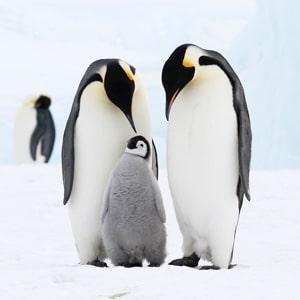Following the latest rhino count in Nepal, the country’s government has released very encouraging results. The good news is certainly a big boost to Nepal’s conservation efforts particularly at this difficult time, when the country is still dealing with the devastating earthquake which struck in April. The latest figures indicate Nepal’s rhino population has risen by 21 per cent during the last four years.
Nepal should be proud
According to the census, there are now 645 rhinos in the country compared with 534 when the last estimate took place in 2011. This means that there are now more rhinos in Nepal than at any other time since the 1950’s which is a huge achievement for the country and one that it should be rightly proud of. Anil Manandhar of WWF Nepal says that whilst these are difficult times for Nepal, it is stories such as these that offer a much needed ray of hope.
WWF provided support
WWF provided the financial and technical support that made the rhino count possible. Since the earthquake WWF staff in Nepal have been preoccupied with providing resources and support for the relief efforts and helping those that have been affected in the regions where they work. Nepal is also celebrating the fact that another 365 day period has passed without a single rhino being poached. This is the third time in five years that this has been achieved.
Hard work pays off
The results are a clear sign of both the commitment and hard work of the government of Nepal working side by side with WWF and other conservation groups and local communities to ensure that there is a bright future for this iconic species. The key to success has been modern patrolling technologies and constant vigilance because poaching threats are an ever present danger. Over the last year in Chitwan alone over 650 people have been arrested for involvement in wildlife crime.
The rhino count took place between April 11 and May 2 and was led by the Department of National Parks and Wildlife Conservation and Forests Department in collaboration with the National Trust for Nature and Conservation and WWF Nepal.





